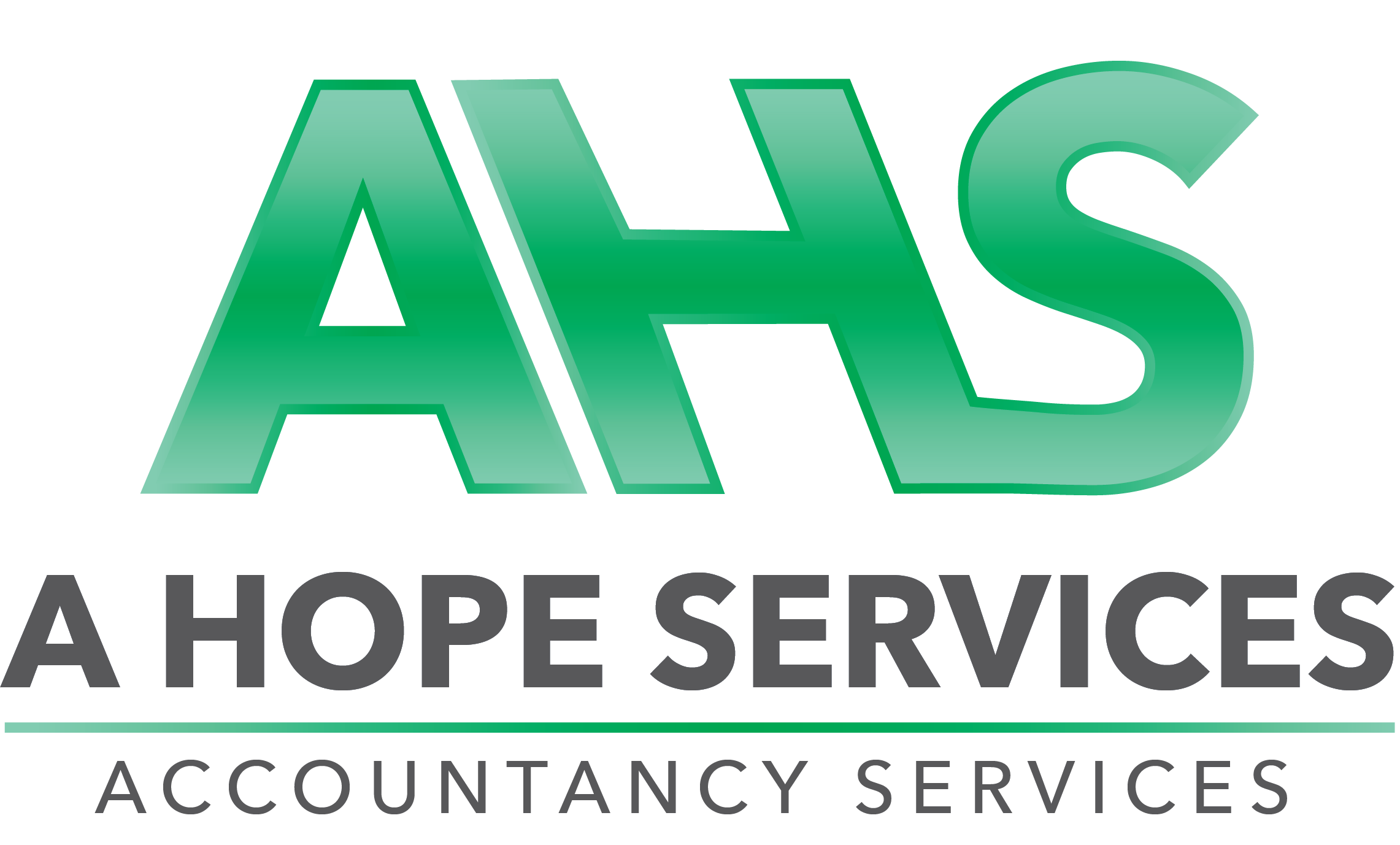
VAT: Domestic Reverse Charge For Building & Construction Services
The VAT reverse charge is coming into effect on the 1st of March 2021 with the main aim of combating VAT fraud. It applies to businesses registered for VAT that are within the Construction Industry Scheme (CIS) and offer services at standard or reduced VAT rate but not zero-rate.
How the Charge Works
Suppliers providing services to customers do not have to handle and pay the VAT as this is being passed on to the customer. Meaning the customer should account for both input and output VAT on their VAT return and not pass on the VAT payment to the supplier.
When supplying a service, the supplier must put a note on the invoice stating that the invoice is subject to reverse charge however, no VAT should be charged on the invoice. The invoice should however indicate how much VAT is due.
For example: Peter the gas engineer installs some boilers in a block of flats for Tom the builder. Under the old VAT system, Peter would charge Tom £50,000 plus 20% VAT, he would therefore collect £60,000 from Tom and account for the output VAT on his VAT return. Under reverse charge Peter would collect £50,000. Peter will not have to account for output VAT as Tom will be accounting for the output VAT on his VAT return.
The CIS reverse charge does not apply to non-VAT registered users, the supply of staff or workers, and end users. If the customer is an end user, they must provide a written confirmation that they are one, as in that case, the normal VAT rules will apply.
Services within the VAT reverse charge:
- constructing, altering, repairing, extending, demolishing, or dismantling buildings or structures (whether permanent or not), including offshore installation services
- constructing, altering, repairing, extending, demolishing of any works forming, or planned to form, part of the land, including (in particular) walls, roadworks, power lines, electronic communications equipment, aircraft runways, railways, inland waterways, docks and harbours, pipelines, reservoirs, water mains, wells, sewers, industrial plant, and installations for purposes of land drainage, coast protection or defence
- installing heating, lighting, air-conditioning, ventilation, power supply, drainage, sanitation, water supply or fire protection systems in any building or structure
- internal cleaning of buildings and structures, so far as carried out during their construction, alteration, repair, extension, or restoration
- painting or decorating the inside or the external surfaces of any building or structure
- services which form an integral part of, or are part of the preparation or completion of the services described above – including site clearance, earth-moving, excavation, tunnelling and boring, laying of foundations, erection of scaffolding, site restoration, landscaping and the provision of roadways and other access works
Services external to the VAT reverse charge:
- drilling for, or extracting, oil or natural gas
- extracting minerals (using underground or surface working) and tunnelling, boring, or construction of underground works, for this purpose
- manufacturing building or engineering components or equipment, materials, plant, or machinery, or delivering any of these to site
- manufacturing components for heating, lighting, air-conditioning, ventilation, power supply, drainage, sanitation, water supply or fire protection systems, or delivering any of these to site
- the professional work of architects or surveyors, or of building, engineering, interior or exterior decoration and landscape consultants
- making, installing, and repairing art works such as sculptures, murals and other items that are purely artistic signwriting and erecting, installing, and repairing signboards and advertisements
- installing seating, blinds, and shutters
- installing security systems, including burglar alarms, closed circuit television and public address systems



